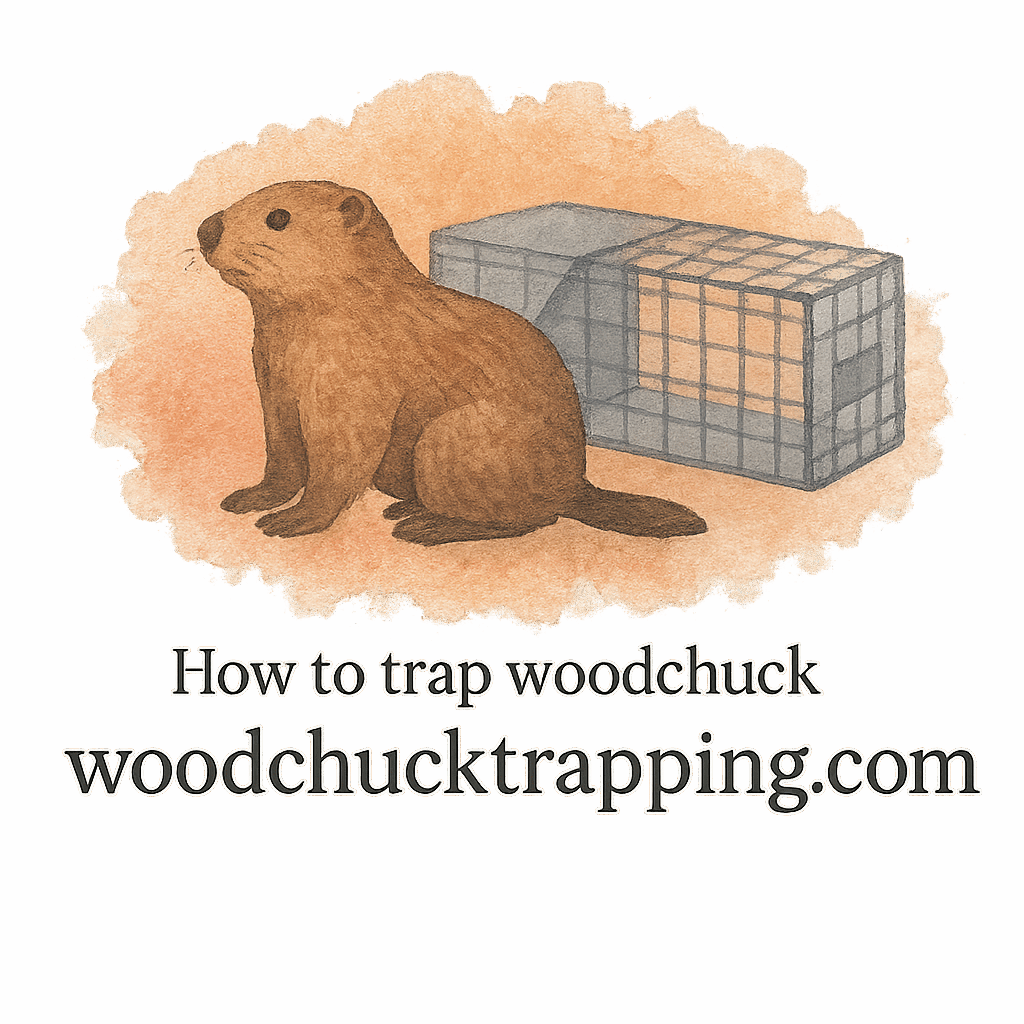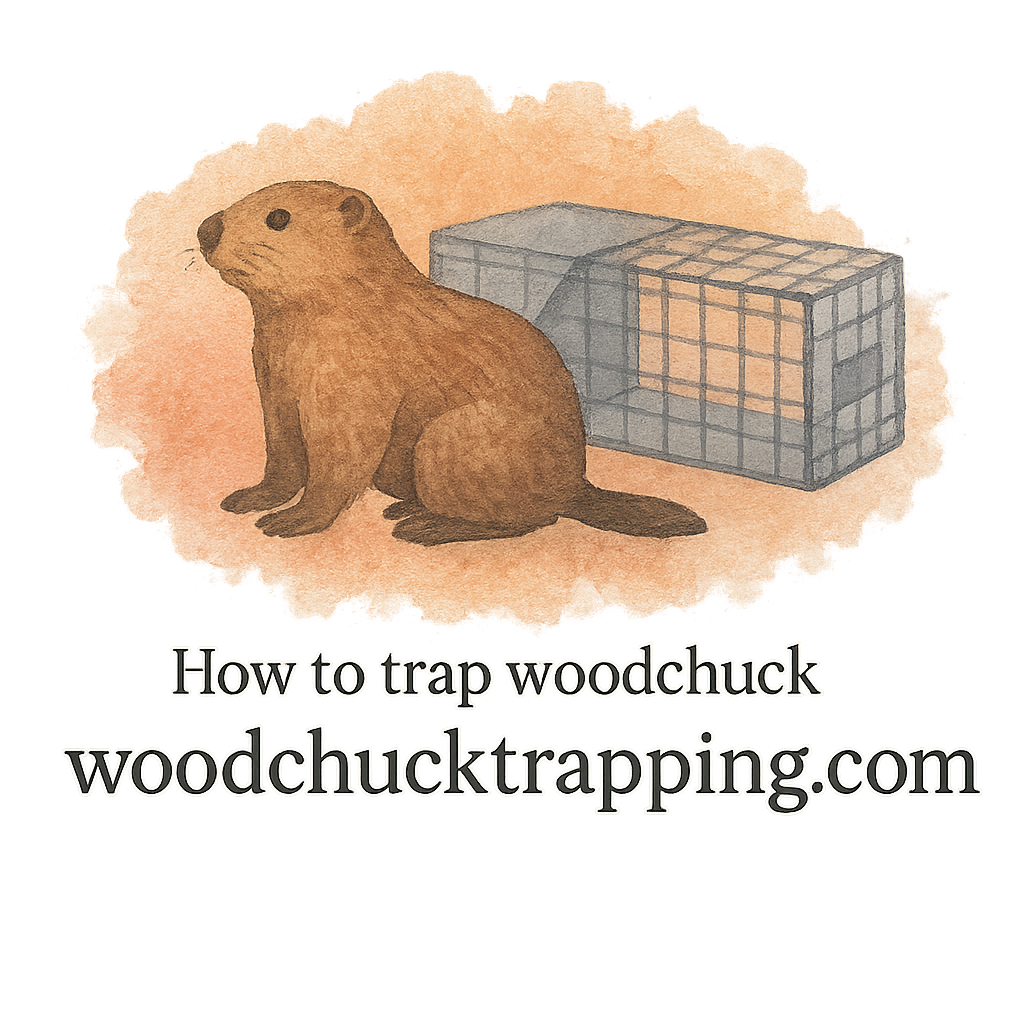Introduction to Humane Woodchuck Trapping
If you’ve ever walked outside to find fresh tunnels in your yard or your vegetable patch mysteriously disappearing, chances are a woodchuck is to blame. Also known as groundhogs, these critters are expert diggers and can cause major headaches for homeowners. But before you reach for harsh methods, it’s worth considering humane woodchuck trapping techniques. With the right tools, you can deal with these animals effectively and ethically.
Why Humane Trapping Matters
The Ethics of Woodchuck Control
Nobody wants unnecessary cruelty. Humane trapping ensures you remove the animal without causing pain or distress. Woodchucks are simply looking for food and shelter — it’s our job to manage the problem responsibly.
Legal Considerations and Safety
In many states, there are strict laws around wildlife trapping. You need to check your local laws and safety guidelines before setting up traps. Humane methods not only keep you compliant but also reduce risks to pets and non-target wildlife.
Understanding Woodchuck Behavior Before Trapping
Recognizing Signs of Infestation
Look for telltale signs of woodchuck activity: burrow entrances around foundations, chewed plants, and soil mounds. Recognizing these early helps you plan the right trapping strategy.
Identifying Burrows and Activity Patterns
Woodchucks dig burrows with multiple entrances and spend much of their day feeding near them. Knowing their schedule makes trapping more effective.
The 12 Essential Tools for Humane Woodchuck Trapping
1. Live Traps (Compact & Durable Models)
Live traps are the backbone of humane woodchuck trapping. Choose compact traps built with sturdy wire and secure doors. They’re effective without harming the animal.
Why Compact Traps Work Best
Compact models take up minimal space while still being large enough for a woodchuck. This makes them easy to position near burrow entrances or along travel paths.
2. Quality Bait & Lures
The right bait is essential to draw woodchucks in. Fresh vegetables, apples, or specially formulated scent bait do wonders.
Best Baits for Attracting Woodchucks
Learn the science of baiting and luring — sweet fruits and leafy greens often outperform generic options.
3. Trap Covers and Shade Materials
Once trapped, woodchucks can stress easily. Covers provide shade and calm, preventing overheating in summer months.

4. Protective Gloves
Always wear gloves. They protect you from bites, scratches, and disease while also preventing your human scent from contaminating traps.
5. Trap Scent Neutralizers
Woodchucks are cautious creatures. Trap scent neutralizers reduce human odor, making animals more likely to enter.
6. Sturdy Trap Gear and Handling Equipment
Having the right trap gear ensures you can carry, relocate, and release woodchucks safely.
7. Safety Equipment for Trappers
Your safety matters, too. Basic safety tools like goggles and secure footwear reduce risks when handling wild animals.
8. Digging Tools for Burrow Access
Sometimes traps need to be placed close to entrances. Having tools like shovels helps position traps effectively.
9. Monitoring Cameras
Motion-activated cameras allow you to track woodchuck behavior before and after setting traps. This helps refine placement and timing.
10. Humane Relocation Carriers
Once caught, the woodchuck needs safe transport. Handling equipment like relocation carriers ensures stress-free movement.
11. Preventive Fencing and Yard Protection Tools
After removal, consider installing fencing to prevent another infestation. Prevention and damage control tools save you long-term frustration.
12. Maintenance and Cleaning Supplies
After each capture, clean traps thoroughly. This maintains effectiveness and avoids spreading diseases between animals.
Step-by-Step Humane Woodchuck Trapping Techniques
How to Set Up Traps Properly
Position traps directly at burrow entrances or along common travel paths. For detailed trapping techniques, placement is half the battle.
Checking Traps Frequently
Check traps every few hours. Leaving a trapped animal unattended for too long can lead to stress and injury.
Safe Handling of a Trapped Animal
Always use protective gear and follow humane handling methods. Relocate the woodchuck to a suitable environment far enough from your property.
Prevention After Successful Trapping
Repairing Yard Damage
Fill abandoned burrows and repair yard damage promptly to prevent new residents from moving in.
Long-Term Prevention Strategies
Combine trapping with prevention techniques such as fencing, repellents, and regular monitoring to keep your yard woodchuck-free.
Common Mistakes to Avoid in Woodchuck Trapping
- Using traps without neutralizing human scent.
- Leaving traps unchecked for long periods.
- Relocating woodchucks too close to your property.
- Ignoring local wildlife regulations.
Conclusion
Humane woodchuck trapping doesn’t just solve a problem — it does so responsibly. By using the 12 essential tools, you can keep your yard safe, protect your garden, and ensure that animals are treated with respect. The combination of smart trapping, consistent monitoring, and preventive strategies will give you lasting peace of mind. For more resources, check out Woodchuck Trapping and its expert guides.
FAQs
1. What bait works best for woodchucks?
Fresh vegetables, apples, and specialized lures are highly effective.
2. How often should I check woodchuck traps?
Every few hours — this ensures the trapped animal stays safe and stress-free.
3. Can I trap woodchucks if I have a small yard?
Yes! With the right techniques, compact traps fit easily in minimal spaces.
4. Are humane traps reusable?
Absolutely. With regular cleaning and maintenance, they last for years.
5. Is relocation always legal?
Not always — check your local laws before relocating any wild animal.
6. How do I know if I have an infestation?
Watch for visible signs like burrows, gnawed plants, and displaced soil.
7. What should I do after trapping a woodchuck?
Repair burrows, install fencing, and use prevention techniques to stop future problems.


